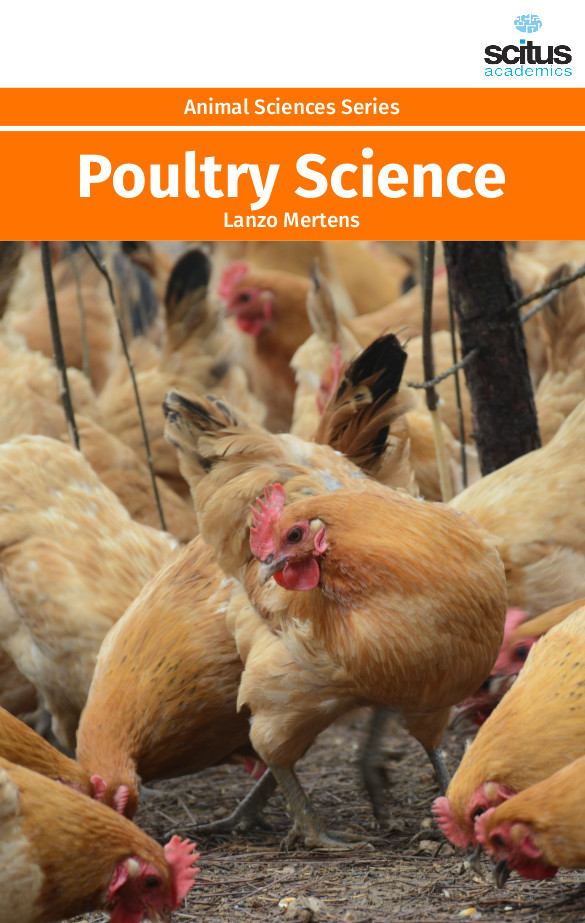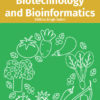Poultry, including meat and eggs, is major agricultural commodity in the world. At some point, almost everyone has eaten chicken, turkey, eggs, or other poultry products. Poultry have been on the earth for over 150 million years, dating back to the original wild jungle fowl. Now we include ducks, geese, turkeys, pheasants, pigeons, peafowl, guinea fowl and chickens in the list of species under the general term poultry. According to the researchers and scientists, 74% of the world’s poultry meat, and 68 percent of eggs are produced in ways that are described as ‘intensive’. One alternative to intensive poultry farming is free-range farming using lower stocking densities. Poultry producers routinely use nationally approved medications, such as antibiotics, in feed or drinking water, to treat disease or to prevent disease outbreaks. The interest in poultry and poultry products has grown tremendously in the last 20 years. Almost every country in the world has a poultry industry of some kind. Japan is steadily increasing their domestic production of both broilers and egg producing birds. Countries of the former Soviet Union have always been producing poultry and eggs and are continuing to increase their output to meet the new demand. China, the Middle East, and Africa are all areas where increasing demand for poultry has resulted in significant increases in the number of chickens being reared for meat and eggs.
This volume ‘Poultry Science’ presents an introductory overview to the different fields/branches of poultry science. It covers on special feed resources for poultry, biofilms of salmonella and campylobacter in the poultry production, and mycotoxins in poultry feed. It will review the basics of AI and fertility evaluation in poultry. To better appreciate the biological basis of these techniques, an overview of the reproductive biology of poultry is provided. Anticipation of different contaminants in modern poultry farms is provided as the consumption of poultry meat and products has increased as a consequence of economic crisis, driven by several factors, while people keep away from high priced beef/lamb meat or meat products. Meanwhile, due to this increasing demand in industry resulting strict measures in disease control and environmental factors, these products may involve some chemical and natural compounds with hazardous properties at detectable or even very low concentrations. This book will be of valuable for the graduate students, teachers, researchers, farmers, and other professionals, who are interested to fortify and expand their knowledge about chicken products in fields of poultry science, biotechnology, plant science, and agriculture.













